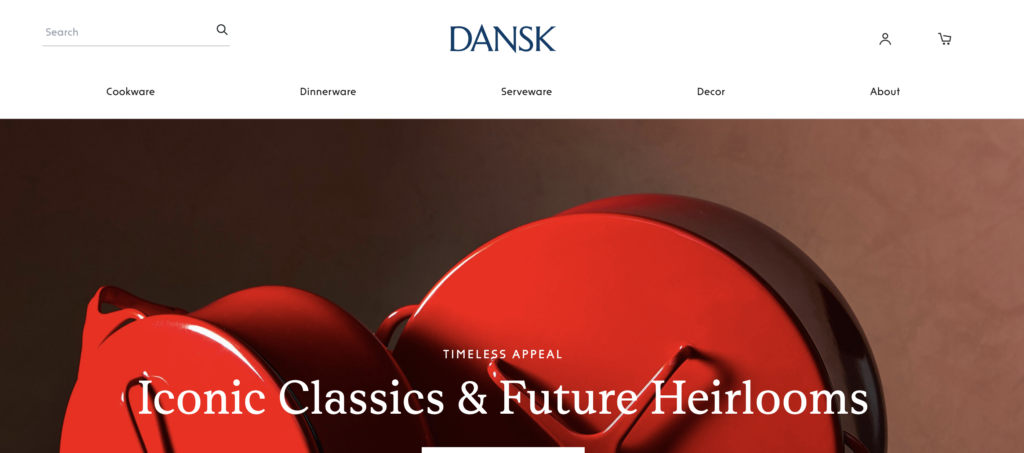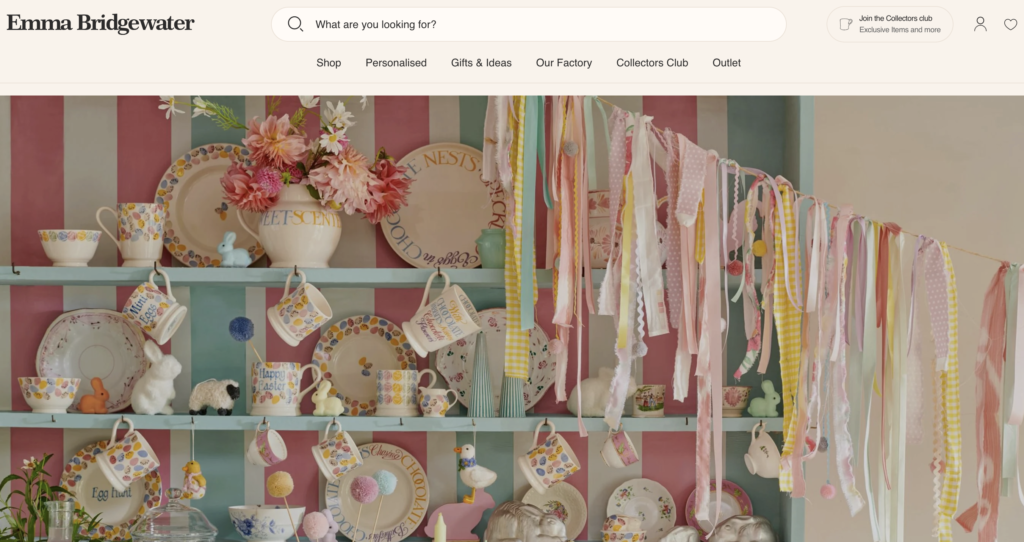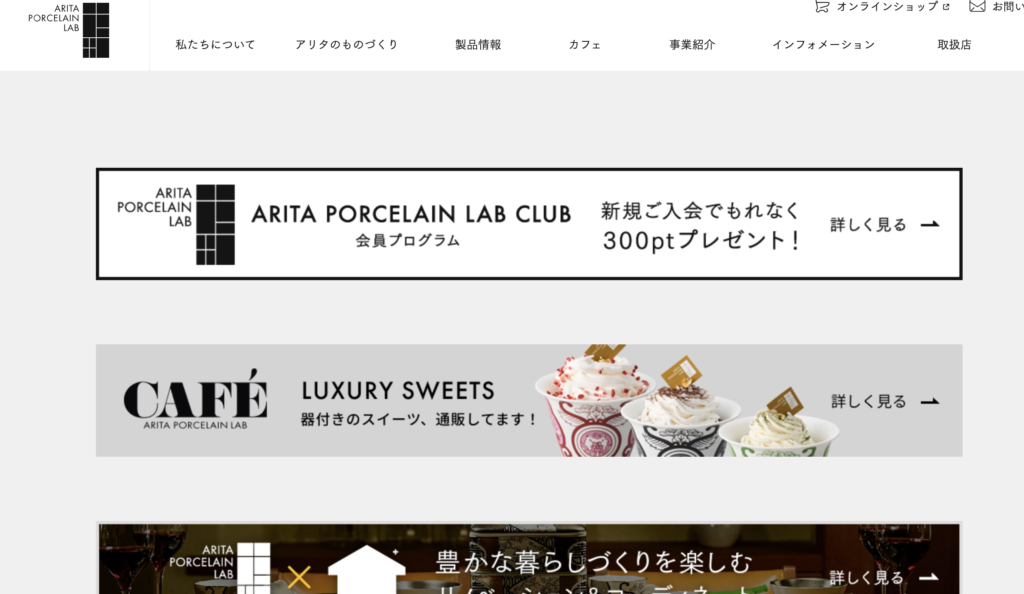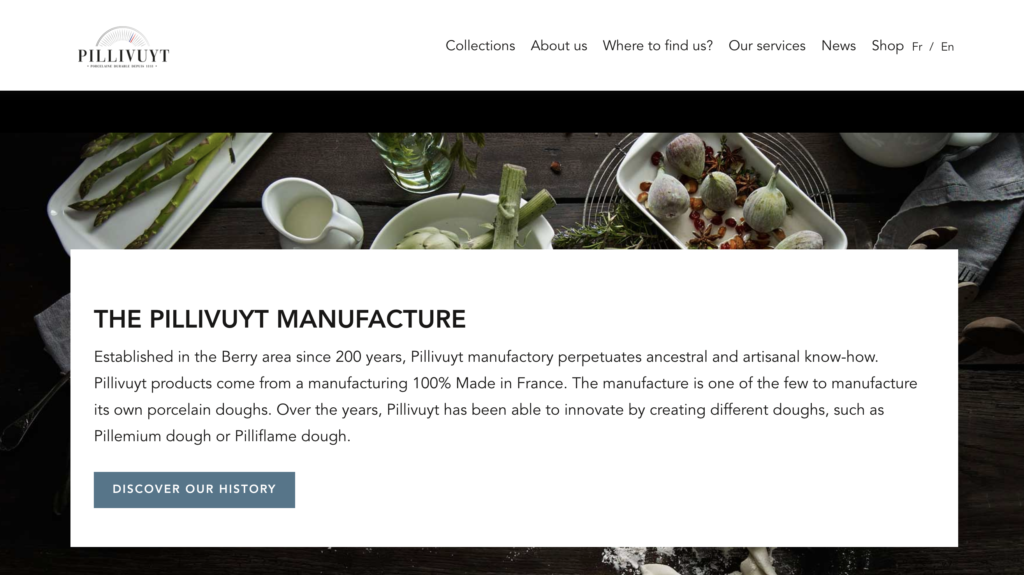When it comes to ceramic kitchenware, aesthetics matter just as much as functionality. Consumers don’t just buy plates, bowls, and mugs based on durability—they choose colors that resonate with their emotions, dining experiences, and even cultural backgrounds. This is where color psychology comes into play.
From warm reds that stimulate appetite to calming blues that bring a sense of serenity, colors influence purchasing decisions in ways you might not expect. Whether you are a global kitchenware buyer, a cross-border e-commerce seller, or a gift merchant looking to source the right ceramic tableware, understanding how different colors impact consumer behavior can help you make better business decisions.
🍽️ The Power of Color in Ceramic Kitchenware
Color psychology suggests that different hues evoke different emotions and influence buying behavior. In the case of ceramic tableware, this effect extends to how people perceive food, interact with their dining environment, and even associate certain colors with specific cuisines.
For instance, a white ceramic plate makes food look more vibrant, while a dark-colored plate can give a luxurious feel to a dining setting. Pastel hues create a cozy, homely atmosphere, whereas bold, bright colors make meals feel more playful and energetic.
If you’re in the business of selling or sourcing ceramic kitchenware, knowing which colors appeal to different markets and cultural preferences can be a game-changer.
🎨 How Different Colors Affect Consumer Perception
Let’s take a closer look at how different colors influence purchasing decisions and dining experiences:
| Color | Psychological Effect | Best Use Cases for Ceramic Kitchenware |
|---|---|---|
| Red | Stimulates appetite, creates urgency, and enhances energy. | Ideal for restaurants, casual dining sets, and fast-food-inspired tableware. |
| Blue | Calming, suppresses appetite, associated with cleanliness. | Best for elegant dinnerware, high-end restaurants, and mindful eating. |
| Yellow | Cheerful, increases metabolism, associated with happiness. | Works well for breakfast sets, summer-themed collections, and children’s tableware. |
| Green | Linked to health, freshness, and sustainability. | Perfect for organic food lovers, eco-conscious brands, and vegetarian/vegan-friendly tableware. |
| White | Classic, clean, and enhances food presentation. | A staple for fine dining, luxury brands, and minimalist aesthetics. |
| Black | Sophisticated, modern, and adds a high-end feel. | Great for premium kitchenware collections, luxury gift sets, and formal dining. |
🌍 Color Preferences in Different Countries
Cultural influences shape color preferences, making it essential to understand the market demands of different regions when selling ceramic kitchenware. Here’s a look at color trends across key markets:
🇺🇸 United States: Neutral & Modern Tones
In the U.S., white, gray, and earth tones dominate the market as they align with modern, minimalist, and farmhouse aesthetics. Matte black dinnerware has also gained popularity in high-end restaurants and boutique home brands.
Popular kitchenware brands in the U.S.:
- Fiesta® – Known for bold, vibrant tableware in a variety of colors.
- Lenox® – Specializes in fine porcelain and bone china, often in neutral tones.
- Corelle® – Famous for its lightweight, break-resistant white dinnerware.
- Mikasa® – Offers contemporary and timeless designs in classic hues.
- Dansk® – Popular for Scandinavian-inspired neutral-colored ceramics.

🇬🇧 United Kingdom: Classic & Subtle Shades
The UK market leans towards timeless, elegant colors like soft blues, whites, and warm pastels. There’s also a strong preference for ceramic dinnerware with subtle patterns and rustic finishes.
Popular kitchenware brands in the UK:
- Emma Bridgewater® – Famous for its hand-painted designs and pastel-colored ceramics.
- Denby® – Known for its durable stoneware in earthy, muted tones.
- Portmeirion® – Offers floral and botanical-inspired tableware.
- Royal Doulton® – Specializes in classic yet modern ceramic collections.
- Spode® – Renowned for blue-and-white ceramics with intricate patterns.

🇯🇵 Japan: Earthy, Minimalist & Traditional Colors
Japan’s ceramic kitchenware market favors subtle, earthy colors like beige, gray, and natural green, often featuring hand-glazed or imperfect wabi-sabi aesthetics.
Popular kitchenware brands in Japan:
- Noritake® – A leader in elegant, high-quality porcelain.
- Arita-yaki® – Traditional handcrafted ceramics with white and blue tones.
- Hasami Porcelain® – Minimalist, earthy-colored ceramics with a modern touch.
- Toyo-Sasaki® – Specializes in sleek, Japanese-style tableware.
- Iittala Japan® – Scandinavian-Japanese fusion with soft, nature-inspired hues.

🇫🇷 France: Chic, Vintage, & Soft Tones
French consumers love elegant, vintage-style ceramics in soft blues, creamy whites, and floral pastels that match classic French interiors.
Popular kitchenware brands in France:
- Revol® – Famous for high-end, handcrafted ceramic tableware.
- Gien® – Known for vintage, painted ceramics with floral patterns.
- Pillivuyt® – Offers timeless white porcelain dinnerware.
- Le Creuset® – A global icon, known for vibrant, colorful ceramics.
- Emile Henry® – Specializes in French country-style tableware.

🛒 Choosing the Right Color for Your Market
As a global ceramic kitchenware buyer, retailer, or brand, choosing the right colors for your market can make a significant difference in sales. Consider the following when selecting ceramic tableware:
✅ Target Audience: Are you selling to casual consumers, luxury buyers, or eco-conscious shoppers?
✅ Cultural Preferences: Does the target market prefer minimalism, bold colors, or traditional aesthetics?
✅ Trends & Seasonal Demand: Bright colors work well for spring/summer, while neutral tones sell consistently year-round.
By leveraging color psychology, brands can enhance their product appeal and influence customer buying behavior.
❓ FAQ: People Also Ask
Q1: What is the best color for ceramic dinnerware for restaurants?
A: White is the most popular color for restaurants as it enhances food presentation and looks clean and elegant. However, high-end restaurants often prefer black or deep blue for a sophisticated touch.
Q2: Do certain colors affect how food tastes?
A: Yes! Studies show that red plates can make food seem more flavorful, while blue plates may reduce appetite. The contrast between food and plate color also affects perceived freshness.
Q3: What colors are best for modern home kitchenware?
A: Minimalist shades like white, gray, and matte black are trending for modern homes. Earthy greens and soft pastels are also popular for contemporary and eco-friendly aesthetics.
🌎 Ceramic Kitchenware Manufacturing & OEM Services
For brands looking to create custom ceramic kitchenware collections, OEM & ODM manufacturers in China offer a wide range of color options to meet different market demands. With the right production partner, businesses can develop unique, high-quality ceramic dinnerware tailored to their audience’s preferences.
If you’re a home and kitchenware buyer, gift merchant, or cross-border e-commerce seller, consider partnering with a reliable ceramic factory that understands global trends and color psychology to maximize your product’s success.

